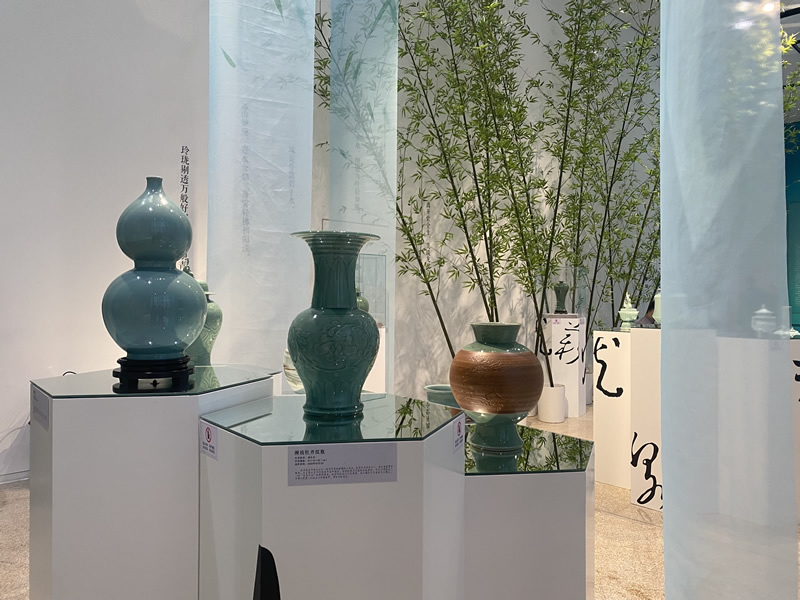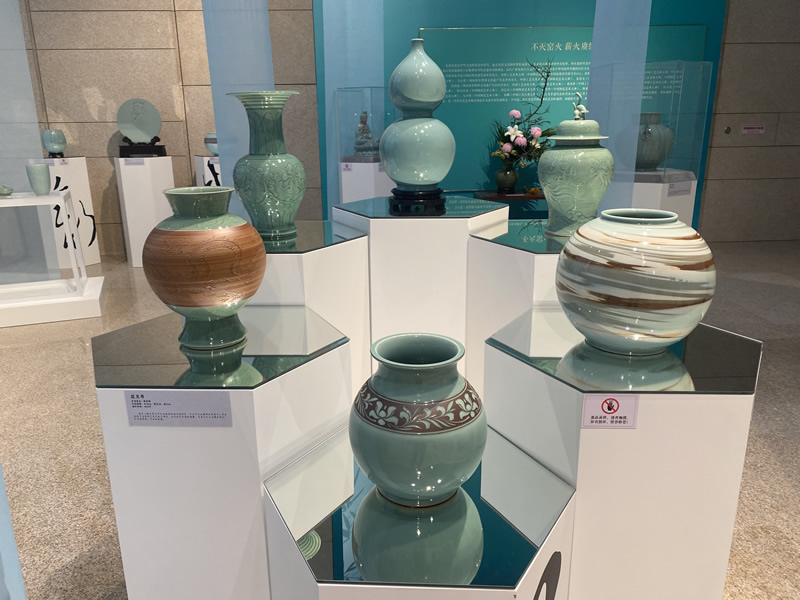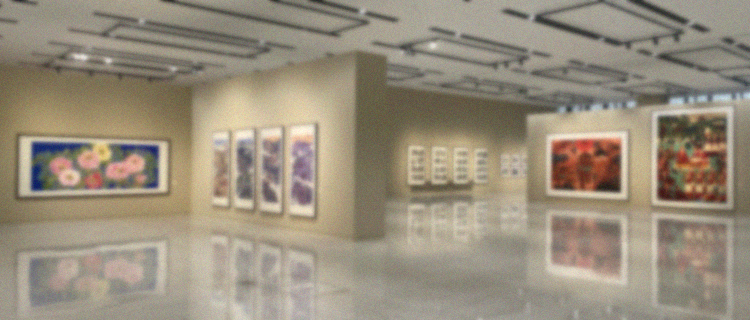Kiln Fire Never Extinguishes — Contemporary Longquan Celadon Selected Exhibition
2024-02-02
Zhejiang province holds a special place in China's ceramic heritage, with Longquan figuring largely in half of the province's ceramic history. Located in the southwestern part of Zhejiang, the Longquan kiln stands as a beacon in China's porcelain-making history.
The roots of Longquan celadon can be traced back to the Wei, Jin, Southern and Northern dynasties (220-589). Longquan celadon's extensive history, numerous kiln sites, mass production and global influence distinguish it from other kiln systems. Its traditional firing techniques have been passed down through generations, blending porcelain-making techniques from both northern and southern China.
By the Southern Song Dynasty (1127-1279), Longquan celadon had reached its zenith, marked by unique techniques such as glaze formulation, multilayer glazing, thick glaze firing and controlled cracking. The Longquan kiln produced exquisite glaze colors such as "light greenish blue" and "plum green", earning its place among the Song Dynasty's eight great kilns. Ge kiln, a renowned kiln of Longquan celadon, stands out as one of the five great kilns of the Song Dynasty (960-1279).
In May 2006, Longquan celadon firing techniques were included in China's inaugural additions to the list of national intangible cultural heritage. In 2009, Longquan celadon traditional firing techniques were included in UNESCO's Representative List of the Intangible Cultural Heritage of Humanity, marking a significant milestone in the history of Longquan celadon.
Longquan celadon craftsmanship is renowned and its products are highly prized. During the Song, Yuan and Ming dynasties, Longquan kiln celadon products played a pivotal role in the exploration of the Maritime Silk Road, being exported overseas to over 40 countries and regions. Longquan celadon artifacts have been discovered along the coasts of Kenya in Africa, in Chinese shipwrecks in South Korea, the shipwrecks of Nanhai No 1 in Guangdong province of China and elsewhere. Major museums worldwide boast collections of Longquan celadon, influencing the history of global trade and cultural exchange.

Confucius said, "Jade is a gentleman's virtue." The allure of Longquan celadon lies, despite its opulence, in its simplicity, reminiscent of jade's qualities. Its subtle and implicit charm, combined with leisurely and remote natural beauty, embodies traditional Chinese cultural ideals such as moderation, harmony and alignment with nature and reflects the essence of Chinese aesthetics, earning admiration worldwide.
Longquan has diligently adopted the "culture and tourism-driven development" strategy, aiming to promote the precise protection and sustainable development of Longquan celadon, furthering rural vitalization and shared prosperity.
Though Longquan celadon has faced periods of decline, its legacy endures. The establishment of the Zhejiang Provincial Longquan Celadon Restoration Committee in 1959, in collaboration with Longquan porcelain artisans, led to comprehensive archaeological excavations, scientific testing, replication experiments and large-scale production in the Longquan celadon production area, reviving Longquan celadon's prosperity. Through the tireless efforts and the innovative spirit of successive generations of artisans, Longquan celadon's enduring vitality persists, contributing to the symphony of human civilization.

 Whats On
Whats On  Whats On
Whats On 

